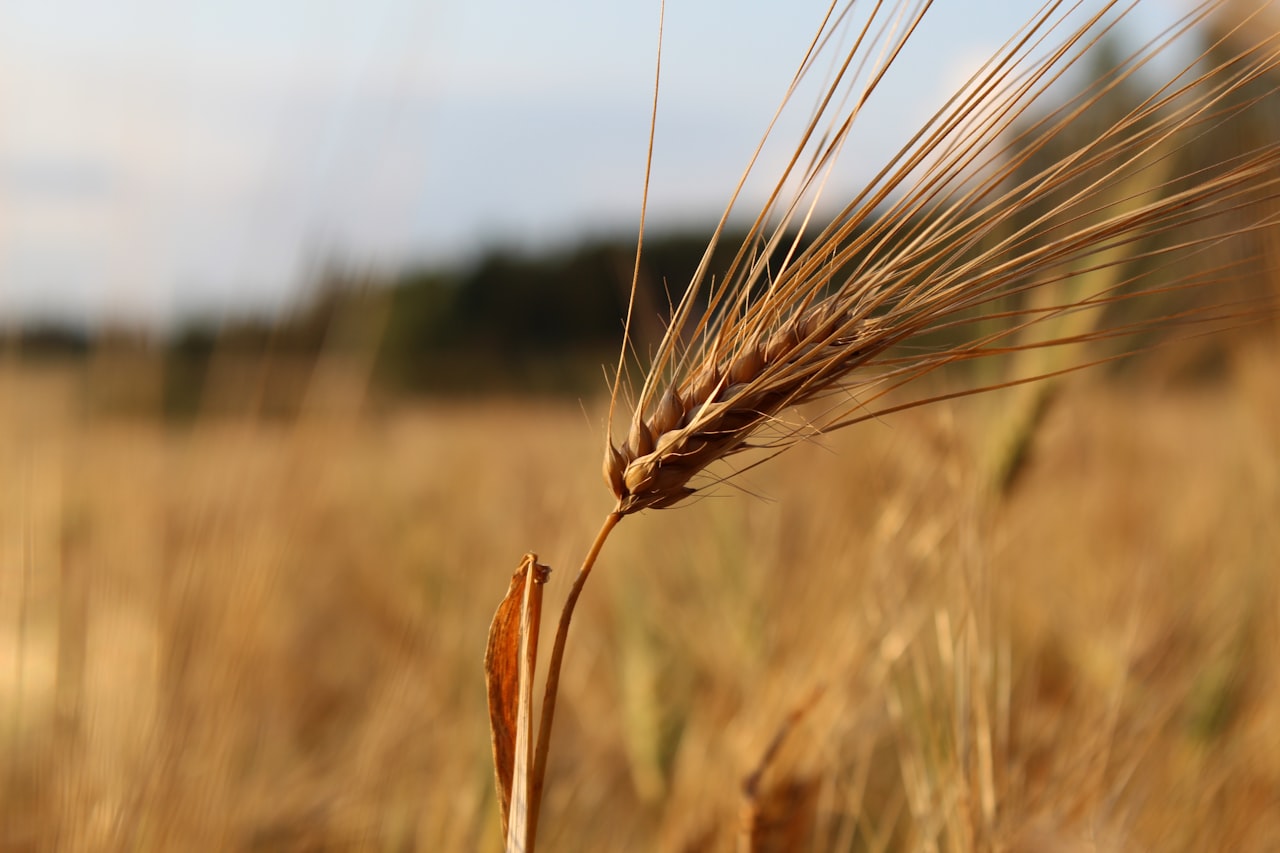Making your home more eco-friendly in Santa Fe allows you to live comfortably while reducing your environmental footprint in a region known for its beautiful desert climate and abundant sunshine. You’ll learn how to balance modern conveniences with sustainable solutions that respect the city’s unique landscape and weather patterns. Whether you’re updating an older property or building new, these valuable tips will help you create a home that’s both energy-efficient and harmonious with its stunning surroundings.
Keep reading to explore some practical steps you can take to make your Santa Fe home greener and more resilient.
Understand the Climate
Santa Fe’s high altitude and dry air present distinct opportunities for eco-friendly living. You’ll want to consider the intense summer sun, chilly winter nights, and limited rainfall when selecting materials and systems. By analyzing seasonal temperature changes, you can choose upgrades that moderate indoor conditions year-round, reducing the need for mechanical heating and cooling. Taking the time to assess your home’s orientation and existing insulation will set you up for more well-executed improvements down the line.
Upgrade to Energy-Efficient Windows
Old or poorly sealed windows can let precious conditioned air escape and allow for extreme temperatures inside. To mitigate this, you can install double- or triple-pane windows with low-emissivity coatings to cut down on heat gain in the summer and heat loss in the winter. Properly sealed frames and high-performance glazing help maintain more consistent indoor temperatures so that you use less energy. This upgrade pays for itself over time through lower utility bills and increased comfort.
Improve the Insulation and Air Sealing
In terms of insulation, it’s important to inspect door and window seals, electrical outlets, and plumbing penetrations for any air leaks. Applying expanding foam or weather-stripping in these areas prevents drafts and minimizes the demand on your heating and cooling systems over time. With tighter air sealing, you’ll notice more stable indoor temperatures and fewer fluctuations throughout the day.
Choose Sustainable Building Materials
When updating your Santa Fe home, opt for materials with low environmental impact, such as reclaimed wood, recycled metal, or regionally sourced stone. You can also select paints, adhesives, and finishes labeled with low or zero volatile organic compounds to improve the indoor air quality of your space. For the flooring, bamboo or cork options offer renewable alternatives to conventional hardwood. By choosing more responsibly produced materials, you can support greener supply chains and reduce landfill waste.
Implement Passive Cooling and Heating
Passive design strategies leverage natural forces to moderate indoor temperatures without the use of mechanical systems. For example, you can install overhangs or shade screens that block out the summer sun while allowing the winter light to warm your living spaces. Thermal mass elements — such as thick adobe or concrete walls — absorb heat during the day and release it at night, smoothing out temperature swings. In addition, simple features like ceiling fans and operable clerestory windows also promote airflow and keep rooms more comfortable with minimal energy use.
Embrace Native Landscaping
Your beautiful outdoor space plays a vital role in eco-friendly living. By planting native and drought-tolerant species — such as New Mexico olive, desert willow, or native grasses — you can reduce irrigation needs and support local wildlife all at once. Grouping plants with similar watering requirements together allows you to customize drip irrigation zones and avoid overwatering. A thoughtfully designed yard not only conserves water but also creates a natural buffer that shields your home from harsh winds and summer heat.
Recycle and Compost at Home
Managing waste is a key part of more sustainable living. You can set up separate bins for recyclables — paper, glass, plastics, and metals — and ensure they’re properly rinsed and sorted. Composting food scraps and yard waste further diverts organic material from the landfill and produces nutrient-rich soil amendments. Whether you choose an in-bin compost tumbler or a dedicated backyard pile, composting reduces your household’s waste footprint and enriches your garden beds.
Monitor and Adjust with Smart Home Tools
After you implement these upgrades, tracking your energy and water usage reveals the effectiveness of your efforts. For instance, you might install smart thermostats, energy monitors, or leak-detection sensors that alert you to any inefficiencies in real time. By reviewing data dashboards, you can identify peak usage times and adjust your settings to optimize performance. These valuable insights empower you to make incremental changes — like fine-tuning temperature schedules or adjusting the irrigation — to continually improve your home’s eco-profile.
In the end, by leveraging targeted upgrades — from energy-efficient windows to native landscaping — you can transform your gorgeous Santa Fe home into a model of sustainable living. Each improvement not only reduces your resource consumption but also enhances comfort, value, and resilience. Embrace these eco-friendly tips, and take pride in how your home reflects both innovation and respect for the environment.
If you’re ready to find an eco-friendly home in Santa Fe to call your very own, connect with The RT Real Estate Group to begin the journey.
In the end, by leveraging targeted upgrades — from energy-efficient windows to native landscaping — you can transform your gorgeous Santa Fe home into a model of sustainable living. Each improvement not only reduces your resource consumption but also enhances comfort, value, and resilience. Embrace these eco-friendly tips, and take pride in how your home reflects both innovation and respect for the environment.
If you’re ready to find an eco-friendly home in Santa Fe to call your very own, connect with The RT Real Estate Group to begin the journey.




































































































